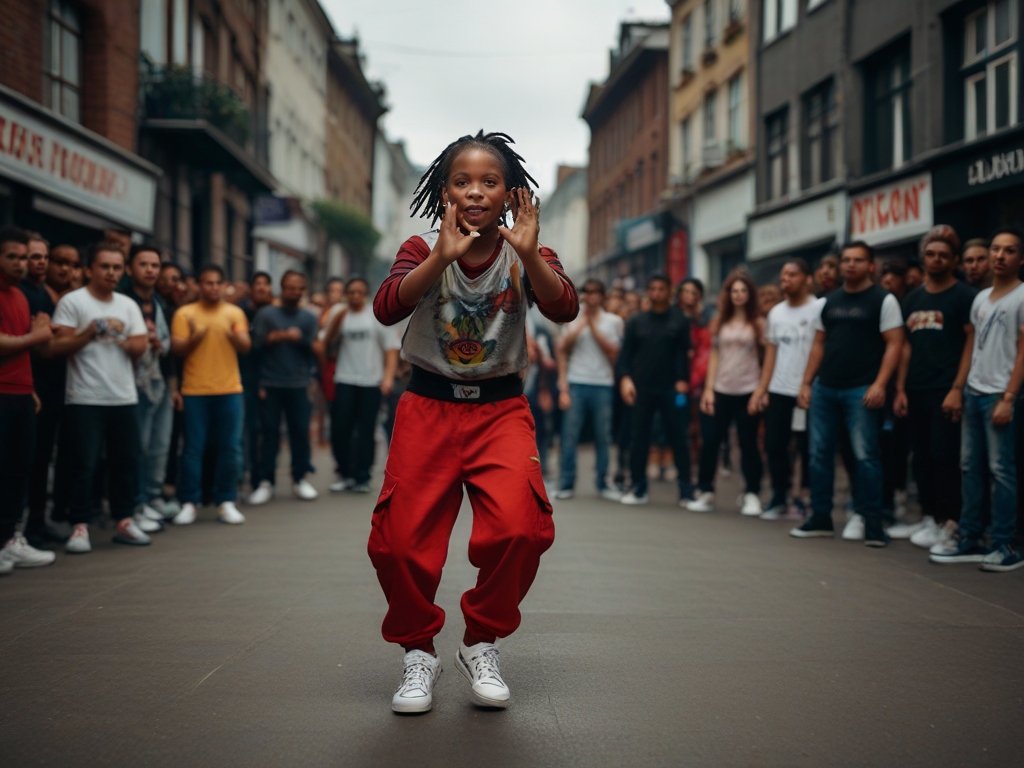Street dance and hip hop culture are intricately intertwined, with street dance playing a pivotal role in the evolution and dissemination of hip hop as a multifaceted cultural movement. In this article, we will explore the close relationship between street dance and hip hop culture, highlighting how the two have grown together and continue to influence each other.
1. Origins and Development:
Street dance and hip hop culture both emerged from the vibrant streets of African American and Latino communities in the Bronx, New York, during the 1970s. As a form of creative expression and empowerment, street dance became an integral part of the hip hop movement, providing individuals with an avenue to showcase their talents and tell their stories through movement.
2. Freestyle and Improvisation:
One of the defining features of both street dance and hip hop is the emphasis on freestyle and improvisation. Street dancers and hip hop artists alike embrace spontaneity, using their bodies and voices to respond to the rhythm and energy of the music, creating dynamic performances that captivate audiences.
3. Breaking/B-boying:
Breaking, also known as b-boying, is a foundational element of both street dance and hip hop culture. This acrobatic dance style involves intricate footwork, power moves, and freezes, and it has become synonymous with the essence of hip hop expression.
4. Shared Language and Community:
Street dance and hip hop culture share a common language and sense of community. Dancers and artists communicate through movement, music, and graffiti art, forming a tight-knit network that transcends geographical boundaries and fosters a sense of belonging.
5. Social and Political Expression:
Hip hop culture, including street dance, has long served as a platform for social and political expression. Dancers and artists use their art to address issues such as racial inequality, social injustice, and cultural identity, amplifying the voices of marginalized communities.
6. Evolution and Fusion:
Over the years, street dance and hip hop culture have evolved and embraced various influences, including elements from other dance styles and music genres. This fusion of different artistic expressions has led to the development of new styles and aesthetics within both street dance and hip hop.
7. Representation and Empowerment:
Street dance and hip hop culture celebrate diversity and inclusion, providing a space where people from all walks of life can find representation and empowerment. Through their art, dancers and artists challenge stereotypes and reshape perceptions of urban culture.
8. Global Impact:
Street dance and hip hop culture have transcended borders and gained international acclaim. They have become symbols of unity and empowerment for individuals and communities worldwide, fostering connections and mutual understanding through the universal language of dance and music.
Conclusion: The Enduring Relationship
The connection between street dance and hip hop culture remains as strong as ever, with each continuously influencing and enriching the other. As a powerful means of self-expression, social commentary, and creative exploration, street dance and hip hop culture will undoubtedly continue to leave an indelible mark on the world’s artistic and social landscape.
Experience the Magic of Street Dance and Hip Hop Culture at [Your Dance School Name]
We celebrate the dynamic synergy between street dance and hip hop culture. Our classes provide a nurturing environment for dancers of all levels to immerse themselves in the rich traditions of street dance and explore the vibrant culture of hip hop. Join us on this transformative journey of movement, creativity, and unity, and let the power of street dance and hip hop culture inspire you to reach new heights of artistic expression and self-discovery!




